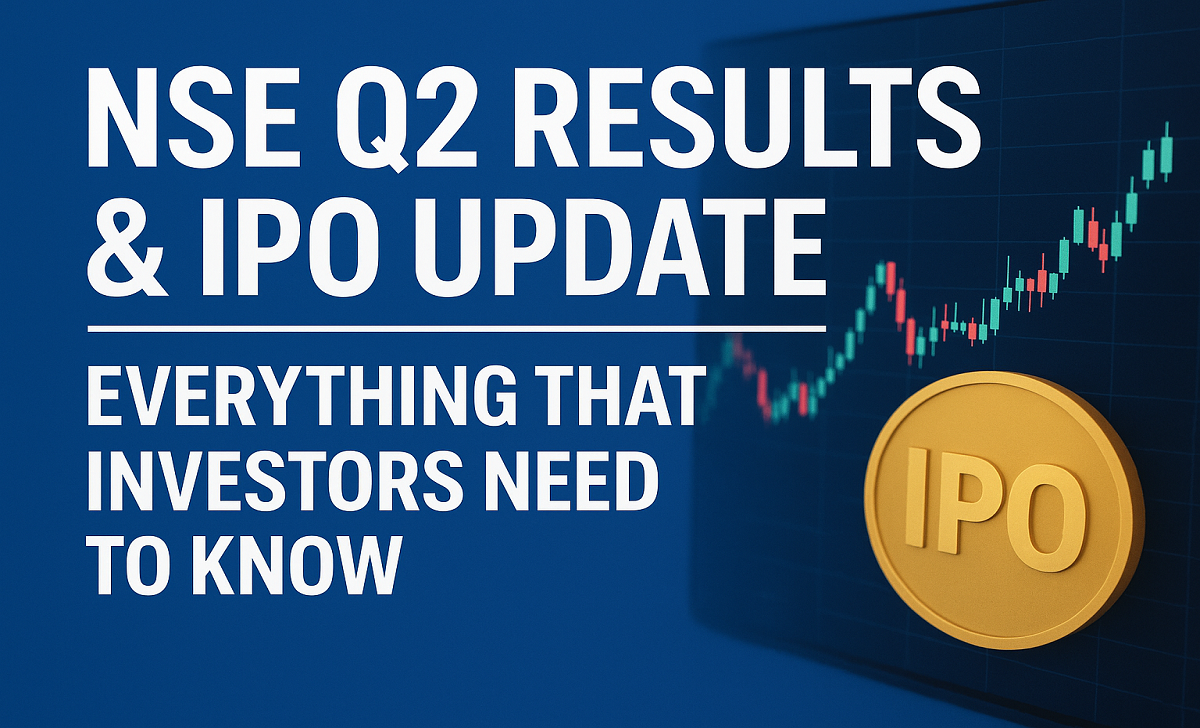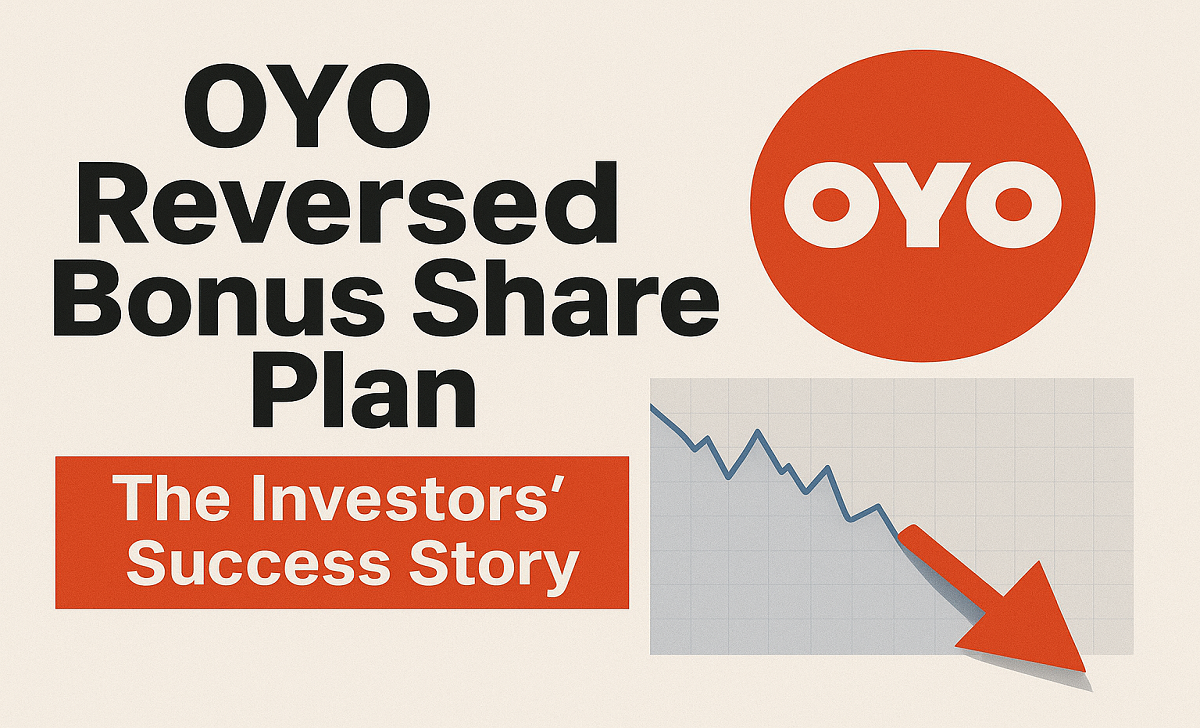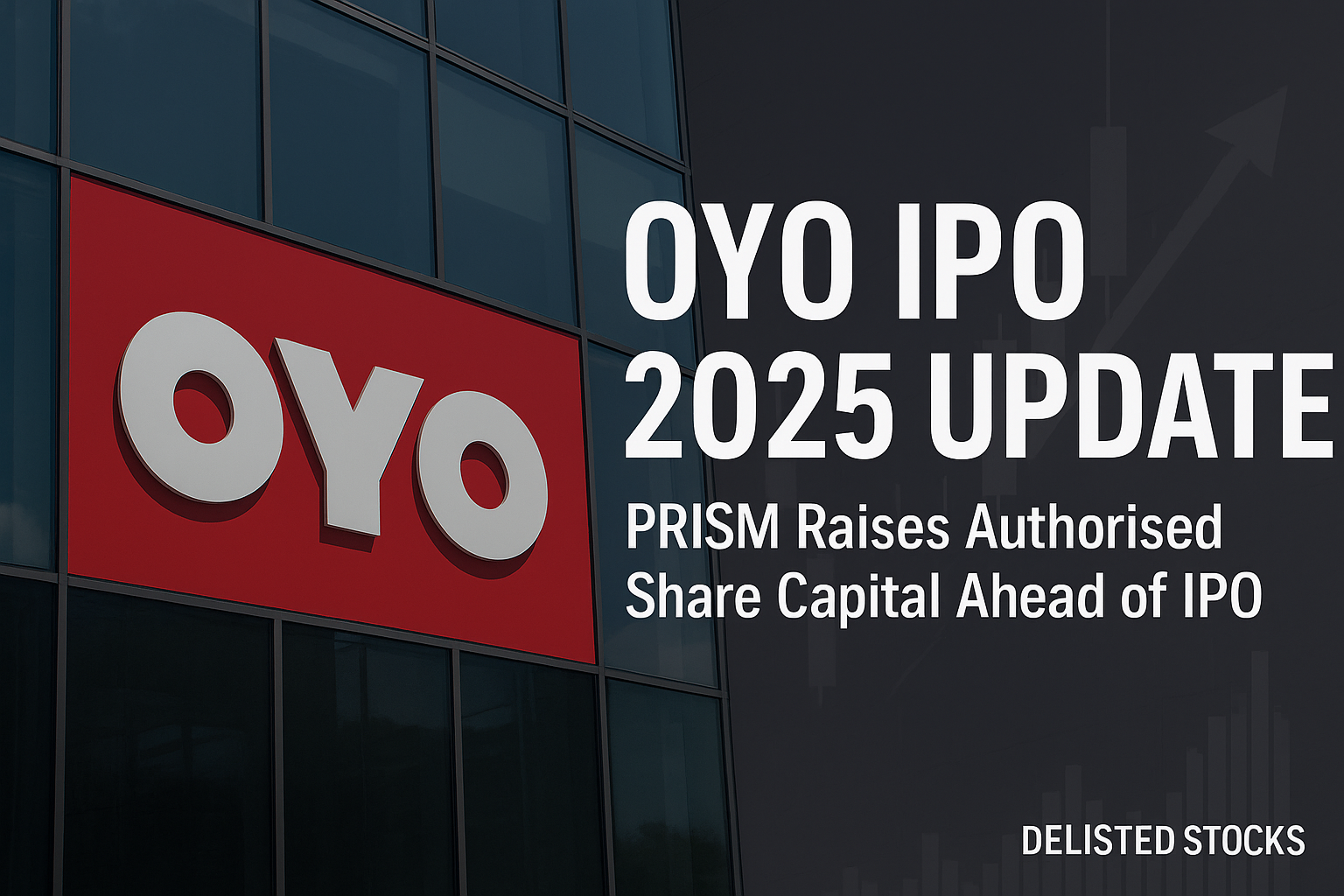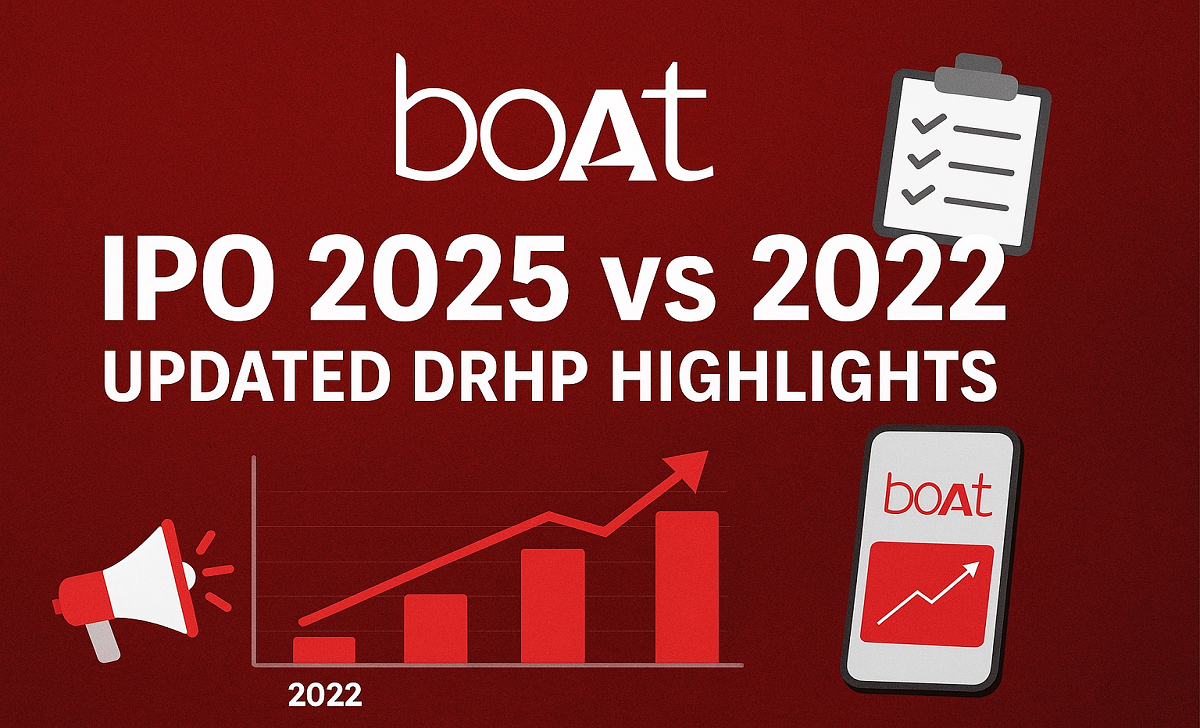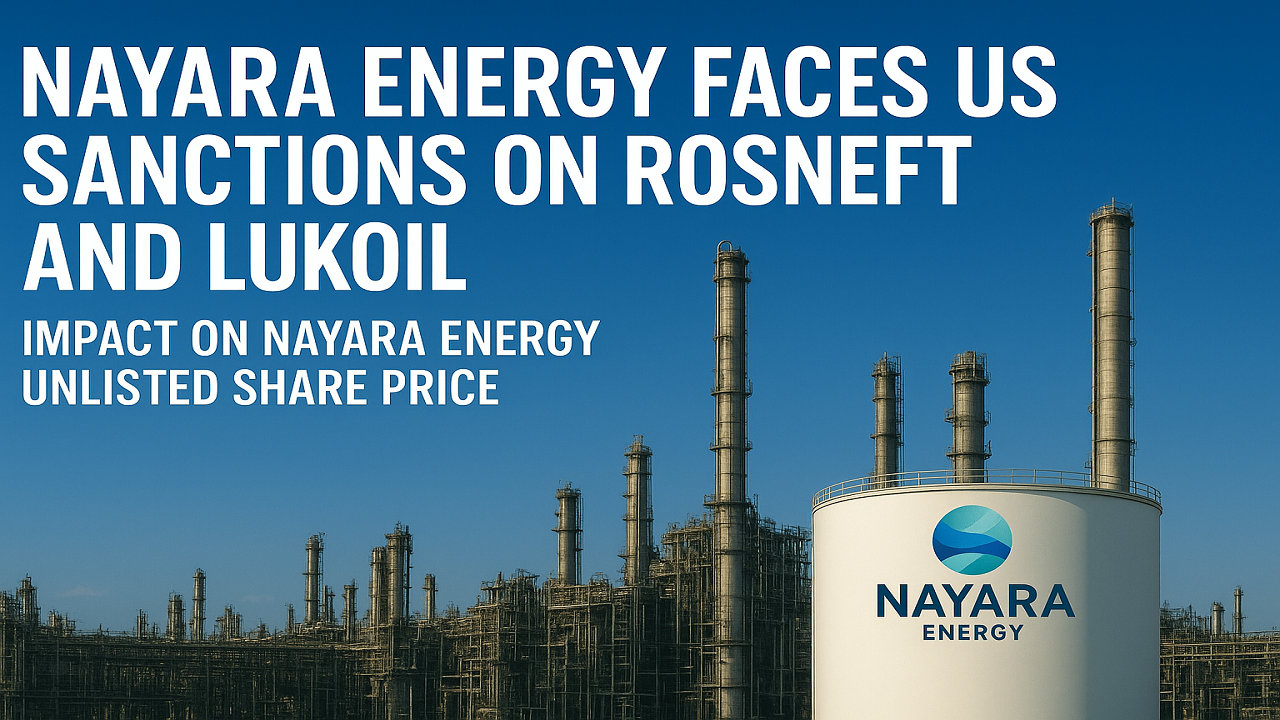The National Stock Exchange of India (NSE) recently released its Q2 FY26 financial results, which depict its operational performance. Also, investors are keen to know about its profitability and the awaited IPO. All these results are paving the way for potential listing and characterizing unlisted market participants and investors holding Unlisted NSE shares.
In this article, we will analyze the Q2 results and IPO in progress, and what that means for investors in the private market.
Financial Performance Overview and NSE Q2 Results
The National Stock Exchange of India (NSE) received good operational recovery and constant profitability in Q2 FY26.
Throughout the quarter, NSE noted a consolidated total income of ₹4,160 crore, a decrease of 17% compared to the previous year. This was the result of a ₹4,464 crore income in the previous quarter. Because of a regulatory settlement provision of ₹1,297 crore made during the quarter, net profit of ₹2,098 crore was a 33% year-on-year decline.
As per report, for the quarter, NSE’s consolidated profit after tax (PAT) was ₹2,098 crore, which was down 33% compared to the same quarter last year.
For deeper financial insights, you can also refer to CNBC TV18’s coverage on NSE Q2 Results.
Reasons for NSE’s Q2 FY26 Financial Performance
- Revenue Distribution: The exchange is earning a continuous flow of revenue from equity, derivatives, and data services.
- Operational Strength: The Organization promotes a sustained high level of trading activity along with disciplined trade practices. This helps NSE in maintaining margins despite overall market softness.
- Current Performance: Currently, NSE is holding 93% of the market share in equity cash trading. Also, it holds 99% in derivatives, which strengthens its position in the Indian capital markets.
Latest Update on NSE IPO
Investors have been eagerly waiting for the National Stock Exchange’s initial public offering (NSE IPO) — and there is good news for them: the NSE has moved further in this direction.
Including the co-location case, the NSE has paid over 1300 crores to settle old regulatory dues. This is a mandatory step that is needed to obtain the no objection certificate from the SEBI. These settlements clear the way for the organization to proceed with the NSE IPO.
Still, NSE is required to get regulatory approvals to complete the necessary steps for the IPO. This provides clarity on the anticipated NSE IPO scheduled to happen in the next 8-10 months.
You can read more about the latest regulatory progress in ET Now’s detailed NSE IPO update.
With the final approvals in the NSE IPO, old unresolved regulatory obstacles provide the NSE with the necessary clarity to proceed. Once in the public market, the NSE will provide liquidity to its unlisted shares in the market for the first time.
NSE Unlisted Shares: What the Market Thinks
The unlisted shares of NSE are witnessing a vibrant private market, indicating optimism regarding the potential public listing of the Exchange.
Right now, NSE unlisted shares fetch a price of ₹1800–₹2300, the value being contingent on demand and market dynamics. Investor fixation is based on consistent profitable performance, high adjusted earnings, and IPO market readiness.
Investor Takeaways
- Unlisted shares are the equity instruments of choice for long-term investors, especially those willing to wait until the IPO for divestment.
- Unlisted NSE shares enjoy a private market, albeit one with poor liquidity.
- The coming quarters will focus on regulatory changes and SEBI’s final nod as the primary value drivers.
Future With NSE
Financial strength, regulatory maturity, and operational excellence are the strengths of NSE. As the exchange is settling its compliance issues, it is very much sure that it will turn its attention towards:
- Monetization of its data resources and increasing product innovation.
- The integration of AI to cope with advanced digital technologies and automated systems.
- The expansion of participation by investors within all market segments.
With compliance-related issues no longer weighing on attention to resources and earnings stability, the exchange seems poised to embark on its next growth trajectory, which could include an initial public offering within the next several months. To explore more about Unlisted Shares, You can visit Delisted Stocks
Disclaimer
The data, citations, and references provided above are publicly available in the financial reports and news sources. This blog does not provide investment advice and does not recommend the buying or selling of any shares, whether publicly traded or not. It is advisable for investors to do their own research and consult with a SEBI-registered financial advisor. Financial information and market prices provided in this blog are just reference points as of the date of publication of this blog and are subject to change as new information comes to light or as legislation changes.
How much revenue has NSE earned in Q2 FY26?
In Q2 FY26, NSE earned total revenue of ₹4,798 crore, which represents a strong growth in this quarter.
Is there a rise in NSE’s profit after tax (PAT) in this quarter?
NSE’s profit after tax (PAT) is ₹2,924 crore in Q2 FY26. In Q1 FY26, it was ₹2,098 crore. This clearly demonstrates quarterly growth.
Did NSE show any improvement in return on equity (ROE)?
There is an improvement in the ROE, and it stands as high as 92.05% in Q2 FY26 compared to 54.78% in Q1 FY26.
What lessons are there for investors from NSE’s performance this quarter?
NSE showcases its strength in the market and is ready to position itself for IPO. NSE’s results for Q2 FY26 depict the organization’s operational effectiveness, illustrating its strong profitability.



